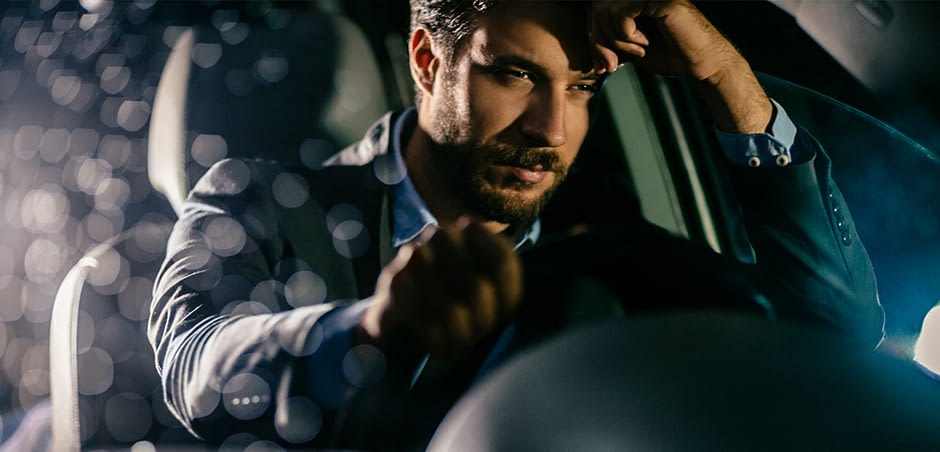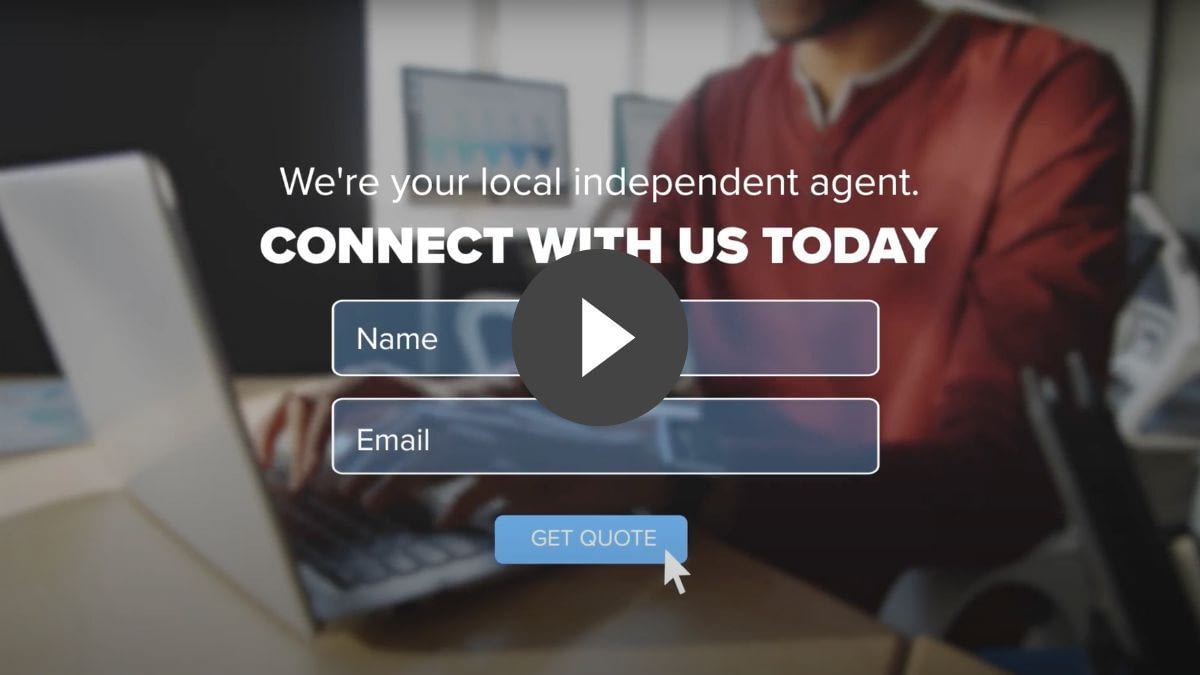
Slow reaction times. Drifting from lane to lane. Traveling at inappropriate speeds.
No, we’re not talking about drunk driving. We’re actually talking about drowsy driving.
While many of us may think it’s perfectly normal ‒ or just a part of life ‒ to get behind the wheel when we feel sleepy, it’s a serious problem on our roadways.
Each year, there are thousands of drowsy-driving-related crashes across the U.S. ‒ some of which are deadly ‒ costing billions of dollars in damages and medical expenses. To reduce the danger and impact of this risky practice, knowledge is power. And in this article, we’re breaking down what you should know about drowsy driving and how you can keep yourself and others safe on the roadways.
Related: Will Self-Driving Cars Eliminate Distracted Driving?
Drowsy Driving Statistics
It’s important to note that drowsy driving can be a tricky metric to measure. However, experts have done enough research and analysis on the subject to report the following:
- In 2017, the National Highway Traffic Safety Administration (NHTSA) gauged that drowsy drivers caused 91,000 police-reported crashes.
- In 2019, drowsy driving caused 697 deaths.
- According to the Centers for Disease Control and Prevention (CDC):
- Being awake for 18 hours is the same as having a blood alcohol content (BAC) of 0.05%.
- Being awake for 24 hours is the same as having a BAC of 0.10%. The legal BAC in most states is 0.08%.
- Between property damage, hospital admissions and more, the Sleep Foundation reports that the overall cost of drowsy driving could be somewhere between $12.5 billion and $109 billion each year.
- The CDC reports that people who snored or slept 6 hours or less each day were more likely to fall asleep at the wheel.
When And Where Are Drowsy-Driving Accidents More Likely to Occur?
It’s true that these types of accidents can happen anytime, anywhere. But according to the NHTSA, three factors are more likely to be related to drowsy-driving crashes:
- The time of day. Drowsy-driving crashes happen most frequently between midnight and 6 a.m. ‒ or in the late afternoon. That’s when our circadian rhythm, which regulates our sleeping pattern, takes a dip.
- Solo drivers. People driving alone with no passengers are more likely to be involved in drowsy-driving crashes. And affected drivers usually run their vehicles off the road at high speeds without braking.
- Location, location, location. Drowsy driving crashes often happen on rural roads and highways.
Who’s At Risk for Drowsy Driving?
While any of us may experience drowsy driving at one point or another, the CDC reports that there are five types of drivers who are more at risk of causing drowsy-driving crashes:
- Those who don’t get enough sleep
- Commercial drivers, including those who drive tow trucks, tractor trailers and buses
- Shift workers who work either night or long shifts
- Drivers with untreated sleep disorders, like sleep apnea
- People who take certain medications that cause sleepiness or drowsiness
What Does Drowsy Driving Feel Like?
You probably know the more obvious signs: your eyelids feel heavy and you blink a lot, you’re yawning more than normal, your chin starts to inch lower and lower to your chest, you drive over the dreaded (yet effective) rumble strip.
But according to the Sleep Foundation, there are other symptoms of drowsy driving that may surprise you, including:
- Daydreaming
- Realizing that you can’t remember the last several miles that you traveled
- Missing a sign or an exit
- Tailgating
- Problems keeping the proper speed
- Restlessness, irritability or even aggressiveness
If you experience any of these, then it’s time to pull over.
How Can I Prevent Drowsy Driving?
If you’re on the road and you start to have any drowsy driving symptoms, it’s best not to push it. Find an exit or a safe place to pull over and get some rest. The CDC recommends taking a 15- or 20-minute nap or changing drivers if you can. Caffeine may temporarily help your cause, but the Sleep Foundation doesn’t recommend that you use it as a long-term crutch.
Your best defense against drowsy driving is to be proactive. The NHTSA offers seven tips on how you can stop it before it even starts and stay safe on the roadways:
- Get enough sleep. It sounds simple, yet it’s so effective in ensuring you’re awake and alert at the wheel. Experts recommend that adults get 7 to 8 hours each night.
- If you’re planning a road trip, make sure you gain a solid night’s sleep the night before you leave. (Read more: How to Plan a Road Trip Vacation)
- If you have a teenage driver in your house, be an advocate for their safety and others’ by advising them only to only drive when they feel well rested.
- Avoid drinking any alcohol before driving. Even if your BAC is below the legal limit, drinking any amount can make you feel drowsy.
- Check the labels for any medication you’re taking to see if drowsiness is a side effect. If you’re taking medication that could cause drowsiness, get a ride from someone or take public transportation if possible.
- Avoid driving during those prime sleepiness periods (midnight to 6 p.m. and late afternoon).
Staying focused while you’re driving can be difficult (even when you’re not feeling tired). The video below provides some great tips to avoid losing focus and keep your eyes ‒ and attention ‒ on the road.
Looking After You
At Erie Insurance, we want your insurance company to be as reliable as your best friend, someone you can count on. With car insurance from ERIE, we’ll be there when you need us and get you back on your way, right away. Contact a local insurance agent near you to get a quote.

A better insurance experience starts with ERIE.
Haven’t heard of us? Erie Insurance started with humble beginnings in 1925 with a mission to emphasize customer service above all else. Though we’ve grown to reach the Fortune 500 list, we still haven’t lost the human touch.
Contact Whitley-Reavis Insurance today to experience the ERIE difference for yourself.

